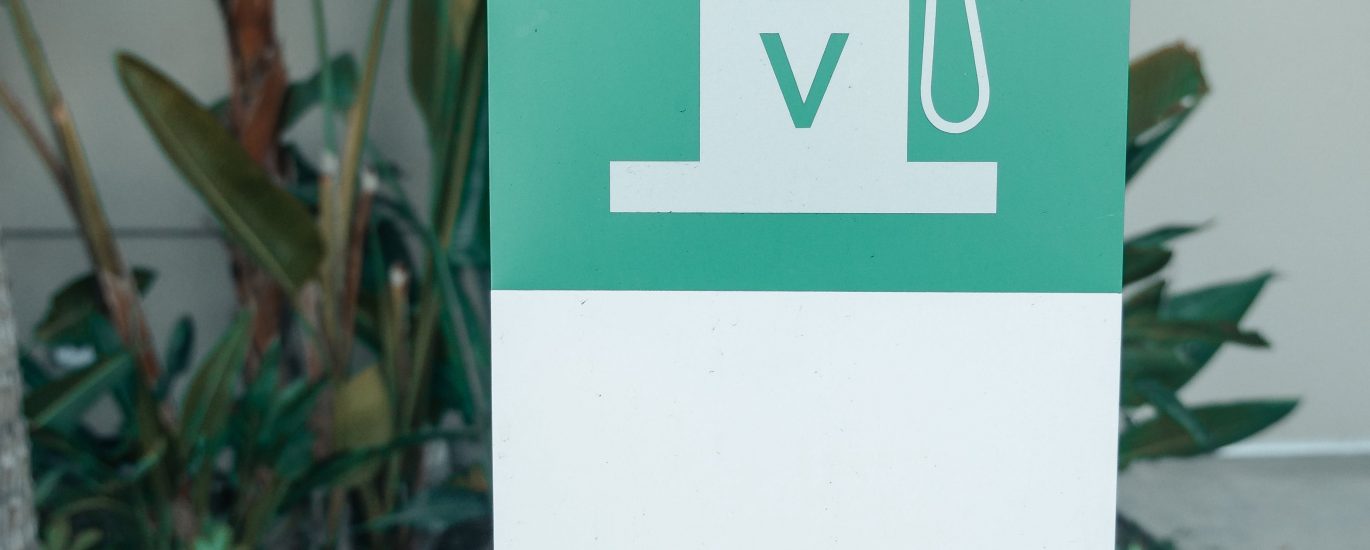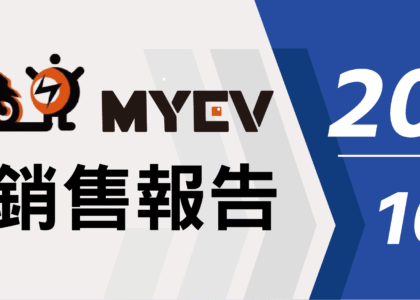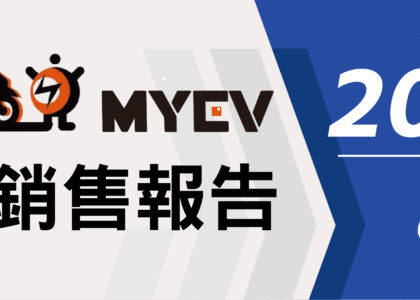The dream of an electric vehicle that can repower as fast as a gasmobile is edging one step closer to to reality. The Israeli startup StoreDot is among those reaching for the the brass ring of extremely fast EV charging, and they have gotten the attention of BP, Daimler, VinFast, Volvo Cars, and Polestar among others.
StoreDot Unveils New Cell-To-Pack System For Extremely Fast EV Charging
StoreDot is not exactly a household name, but it has crossed the CleanTechnica radar on a regular basis. The company has indeed set an EV charging goal of delivering 100 miles of range in five minutes.
In terms of range, that’s not a particularly ambitious goal, but it does fit the bill for any number of drivers who don’t particularly need more than 100 miles of range, but who do want to spend as little time as possible hanging around the local EV charging station.
The company also has an interest in enabling auto makers to assemble its EV battery cells into packs as quickly and efficiently as possible.
Earlier today the company introduced a system for doing just that. Called the I-BEAM XFC™ concept, the new system aims to streamline the cell-to-pack process.
“At the core of I-BEAM XFC™ sits StoreDot’s proprietary 100in5 cell technology, which enables charging 100 miles, or 160km of range in just 5 minutes,” the company explains. “StoreDot’s 100in5 electrodes are assembled into its new I-BEAM XFC™ cells, which are designed to be incorporated directly into the battery pack.”
The difference, as described by StoreDot, is that conventional pack architecture is designed to increase range. By focusing on a set range of 100 miles with extreme fast charging capability for its XFC battery cells, StoreDot is able to focus on cutting costs and simplifying the cell-to-pack setup.
A key element is the unique cooling system of the I-BEAM XFC, which is embedded into each cell rather than added onto the pack. “This prevents localized hot spots and maintains uniform temperatures across the battery pack, enabling it to accept the ultra-high currents required for fast charging, with minimal system overhead,” StoreDot explains.
Hold on to your hats. The 100-in-5 goal is just for starters. By 2026 StoreDot expects to drop down to four minutes, towards a three-minute goal by 2028 and all the way down to two minutes by 2032.
The Long Road To Really, Really Fast EV Charging In The USA
Super-fast EV charging is a critical milestone towards the mass adoption of electric vehicles. Too many drivers clogging up too few charging stations for too much time is enough to give anybody nightmares.
StoreDot launched in 2012 and it didn’t take them long to catch attention at CleanTechnica (here’s our complete archive).
As early as 2018 the company began making noises about opening a manufacturing hub in the US, and the volume has increased since then.
In October of 2021 StoreDot announced plans for a whole “R&D innovation hub,” to be located in California.
“It will work alongside StoreDot’s Israel-based R&D headquarters, enabling its revolutionary XFC automotive battery technologies to be mass produced by 2024,” the company explained, taking note a 2028 mass production goal for “next-generation extreme energy density (XED) solid-state capabilities and materials.”
StoreDot has not let the grass grow under its feet. Last May it announced plans for setting up local supply chains in Asia and Europe as well as in the US.
“StoreDot plans to collaboratively produce these batteries in existing and future local gigafactories, rather than building its own facilities in the mid-term and production is on track to commence later next year,” the company explained.
The Polestar-StoreDot Connection
Now it’s next year, and StoreDot is sticking with the plan. On January 11, the company re-affirmed mass production of the 100-in-5 battery in 2024
The near-term milestones for this year include readying sample cells for its network of auto makers and OEMs (original equipment manufacturers).
In particular, keep an eye on the Swedish EV maker Polestar. If all goes according to plan, sometime this year a Polestar EV will be the first car in the world outfitted with StoreDot’s super fast EV charging technology.
“This demonstration of production-ready batteries, fitted to a prototype vehicle is set to be a game changer for the industry, opening the door for the entire EV ecosystem to embrace XFC technology,” explains StoreDot.
Here in the US, Polestar is ready to roll. The company already has a US branch headquartered in New Jersey along with a coast to coast network of retail “Spaces.” It is also setting up a manufacturing facility side by side with a Volvo factory in South Carolina for its Polestar 2 model.
“Polestar 2 receives major mechanical updates for the 2024 model year. These include critical componentry such as new, more powerful motors and a larger battery, with a net effect of more range and faster charging,” the company explains.
Meanwhile, in its January 11 announcement StoreDot also dropped a not-so-subtle hint that solid state battery technology is in the works.
“StoreDot’s US arm is uniquely placed to harness the skills available on the west coast as it develops future semi-solid and solid-state batteries. It is well-positioned to directly serve the company’s US-based automotive customers,” the company explained.
What About Cold EV Charging?
With the cold snap lingering over much of the US, now would be a good time to review some tips for cold-weather EV charging.
Losing range in cold weather is not exclusive to electric vehicles. Volkswagen Group EV charging station subsidiary Electrify America cites statistics from the US Department of Energy, which show that fuel economy for a gasmobile goes down by 15-24% in cold weather. EVs go down by more, at about 39%, but there are ways for EV drivers to work around that.
Electrify America advises drivers to allow for longer EV charging time in cold weather, and to re-check their EV range in the morning if the car has been parked in a cold environment overnight.
Parking indoors can help, but only if the indoor temperature is not too cold.
Drivers can also refresh their knowledge of the manufacturer’s guidance for cold weather EV charging along with any available features, such as a battery pre-warming system. Electrify America is also among those offering an app to help plan longer trips around available charging stations.
EVs do have one major advantage if stuck on a snow-blocked road with thousands of other cars. They don’t need to use up an entire tank of gasoline waiting for help to come. “With a reasonable amount of charge left in your battery, you’ll stay warm in your EV for many hours—days, even,” explains Car and Driver.
Car and Driver also advises bringing snacks. “Based on our testing and extensive experience with electric vehicles, we can definitively say you don’t need to worry, just prepare,” they advise.
#電動車充電 #電動車 #MYEV #買電動車 #美國隊長MYEV







